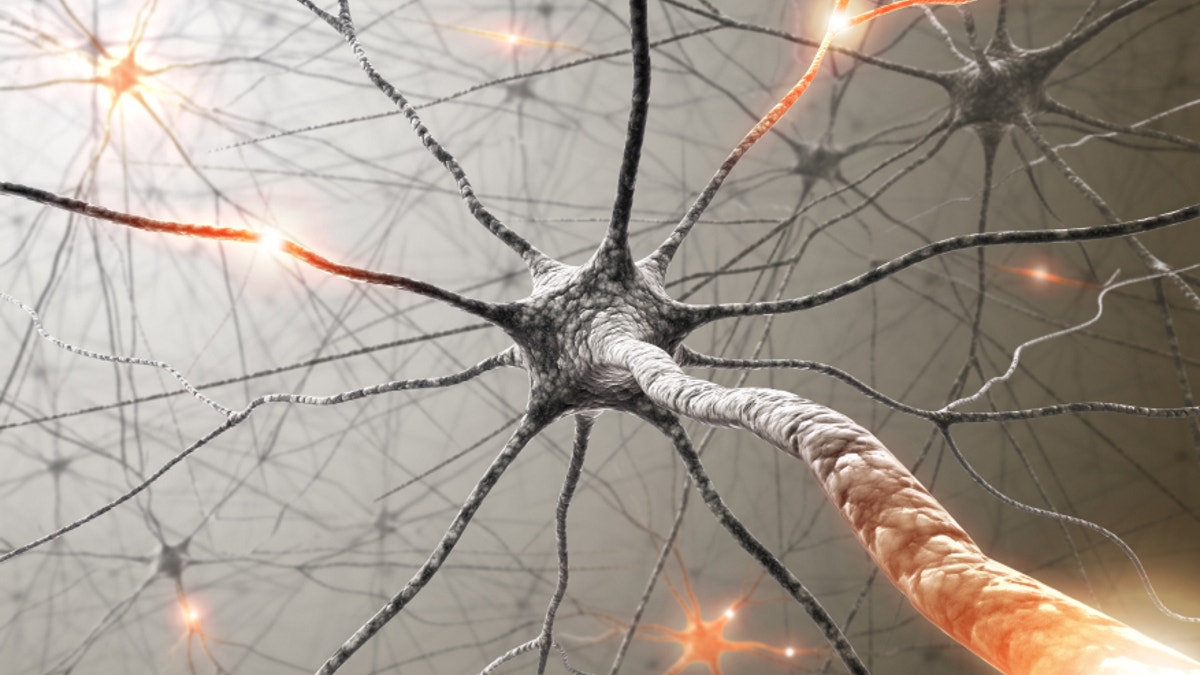
Suffering a concussion can be a different experience for everyone – and now, new imaging research has revealed that the recovery process may actually be more difficult for one gender than the other.
In a new study published online in the journal Radiology, researchers from the University of Pittsburgh utilized diffusion tensor imaging (DTI) on concussion patients to determine how males and females recover from injury. Their scans revealed that males may take longer to overcome a concussion – also known as a mild traumatic brain injury (mTBI) – than females with similar injuries.
According to the researchers, these findings indicate that DTI could be used to provide more tailored treatment for concussions in the future. Currently, it’s difficult to determine which patients will have a smoother recovery from concussion, as opposed to those who will struggle.
“The thing that got us curious is you see differences [in concussion recovery] between males and females all the time,” Dr. Saeed Fakhran, assistant professor of neuroradiology at the University of Pittsburgh School of Medicine. “We wanted to know: Is it a gender difference or something else? No one had really looked at the imaging, so we didn’t even know there would be a difference.”
Approximately 1.7 million Americans suffer a traumatic brain injury each year, and of these cases, 75 to 90 percent are considered mTBIs, according to the Brain Injury Association of America. In order to determine the severity of these head injuries, physicians will typically conduct a magnetic resonance imaging (MRI) or computed tomography (CT) scan – but Fakhran said these types of imaging don’t detail the abnormalities associated with concussion.
“Traditionally, the definition of a concussion is a normal MRI or CT, which is still true to this day,” Fakhran said, noting that abnormal MRIs or CTs indicate more severe brain injuries. “But if you meet people who have a concussion, sometimes they’ll turn from A students to C students struggling to concentrate; clearly something is still wrong. DTI looks even more closely at the microscopic level of…brain changes in these patients.”
A more advanced form of MRI, DTI allows physicians to look very closely at the brain’s white matter tracts – tissues comprised of nerve fibers, or axons, that connect various parts of the brain. Typically, water flows along these tracts in a uniform, directional way. But for patients who have suffered a concussion, their white matter is damaged, and the water’s directional flow is lost.
To indicate this disruption in the brain, DTI provides a measurement called fractional anisotropy (FA), which qualifies water movement along the brain’s white matter. A high FA score is associated with a more directional flow while an abnormally low FA score indicates an erratic flow, and thus, cognitive impairment.
The researchers tested this imaging technique on 69 patients diagnosed with mTBI between 2006 and 2013 – 47 of whom were males and 22 of whom were females. All patients underwent a computerized neurocognitive test and DTI of the brain.
Overall, the scans revealed the males to have much lower FA scores in the uncinate fasciculus (UF) area of the brain, compared to their female counterparts. These scores correlated with the patients’ recovery times, as the females took an average of 26.3 days to recover from their concussions, while the male patients took an average of 66.9 days to recover.
“The severity of injury didn’t predict how quickly you got better… so that was kind of weird,” Fakhran said. “But then we found if we looked at the DTI score, which looked at one region of the brain in particular – the uncinate fasciculus – that correlated with your time to recovery, which to me was the biggest take away.”
The uncinate fasciculus is a white matter tract that connects that frontal and temporal lobes of the brain. According to Fakhran, this brain region contains a large amount of progesterone receptors – more so in women than in men – and research in rats has shown that progesterone may be protective against brain trauma.
Despite exposing these neural difference between men and women, Fakhran said their study shows the potential benefits of using DTI to better understand how an individual patient is recovering from mTBI. Currently, physicians must rely heavily on patients reporting their symptoms – a measure that may be prone to bias among young athletes.
“Generally speaking there is pressure to come back to the field quickly [in sports],” Fakhran said. “But you can’t trick an MRI scanner…This is a neutral metric, where we can say, ‘Slow down here; you’re not getting back to play just yet.’”
